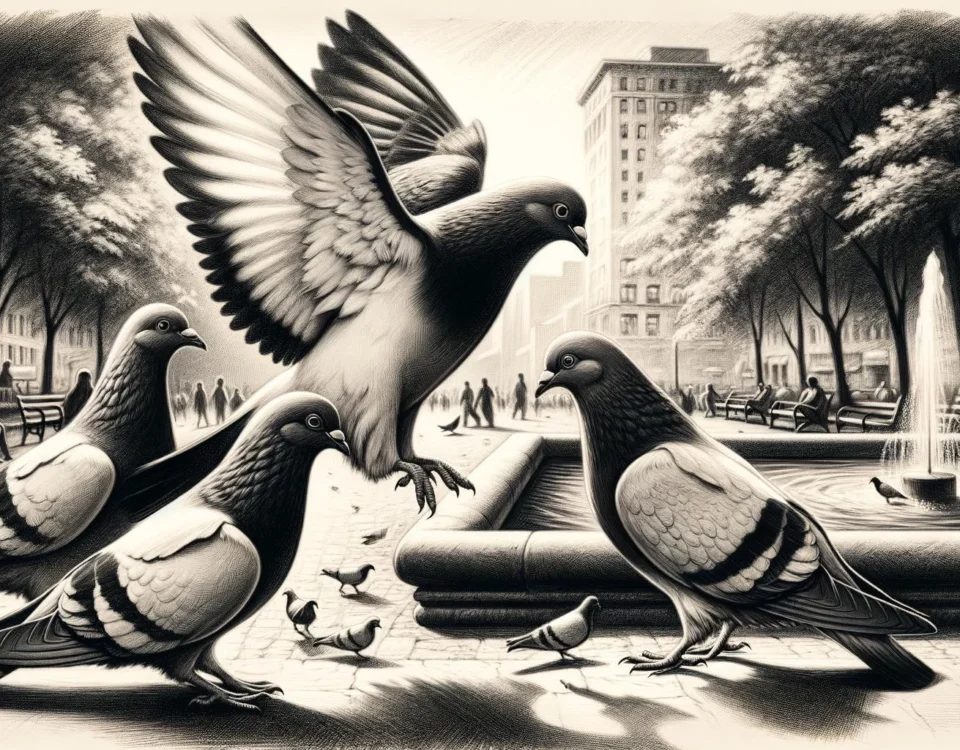Utility pigeons, also known as meat pigeons, are domesticated pigeons that have been selectively bred and trained to perform specific tasks for human use. These tasks can include carrying messages, participating in racing events, and even guiding missiles in wartime. The survival of utility pigeons is influenced by several factors, including their lifespan, ability to withstand extreme weather conditions, and their adaptation to different environments.
Key Takeaways
- Utility pigeons have an average lifespan of 10 to 15 years.
- They are selectively bred and trained for specific tasks, such as meat production and racing events.
- Utility pigeons can survive in various climates and are reasonable flyers.
- Pigeons in the wild usually have a shorter lifespan of around 3 to 5 years.
- Providing suitable habitats, food, and water sources is essential for the survival of utility pigeons.
Lifespan of Utility Pigeons
Utility pigeons typically live for an average of 10 to 15 years. This lifespan can vary depending on various factors such as genetics, diet, healthcare, and environmental conditions. Proper nutrition, regular veterinary care, and a suitable environment can contribute to the longevity of utility pigeons.
Survival in Different Environments
Utility pigeons, especially the King pigeon breed, are known for their adaptability to different environments. While they may not possess the same speed and beauty standards as fancy and sporting pigeons, utility pigeons have a sturdy build and broad chest, making them suitable for meat production. They can tolerate a range of climates and are reasonable flyers.
Factors Influencing Survival
The survival of utility pigeons is influenced by various factors, including access to food and water sources, nesting spots, and protection from predators. Utility pigeons rely on these resources for their basic needs and reproductive success. Suitable habitats that support their well-being and reproductive cycles are essential for their survival.
Additionally, their ability to withstand extreme weather conditions and adapt to different environments plays a role in their survival. Pigeons, often underestimated for their ability to withstand harsh weather, have been known to thrive even in the harshest of environments such as the Arctic regions.
The scarcity of certain utility pigeon breeds can also affect their survival. Restricted bloodlines and limited availability make it difficult to retain and improve desirable traits in specific lines of utility pigeons.
In conclusion, utility pigeons have a relatively long lifespan compared to wild pigeons. Their survival is influenced by factors such as access to food, water, nesting spots, protection from predators, and their ability to adapt to different environments. By understanding and addressing these factors, pigeon keepers can ensure the survival and well-being of utility pigeons.









